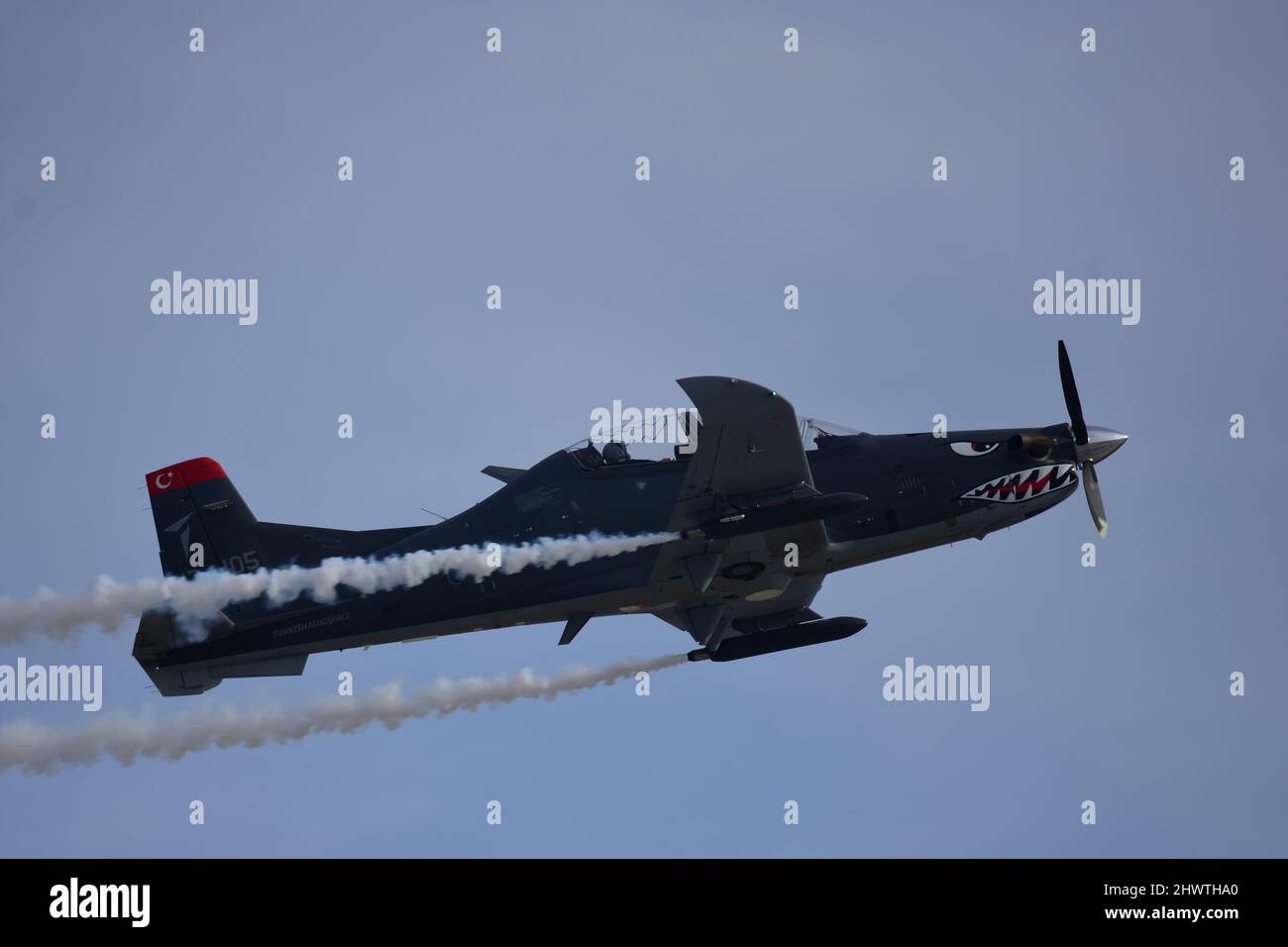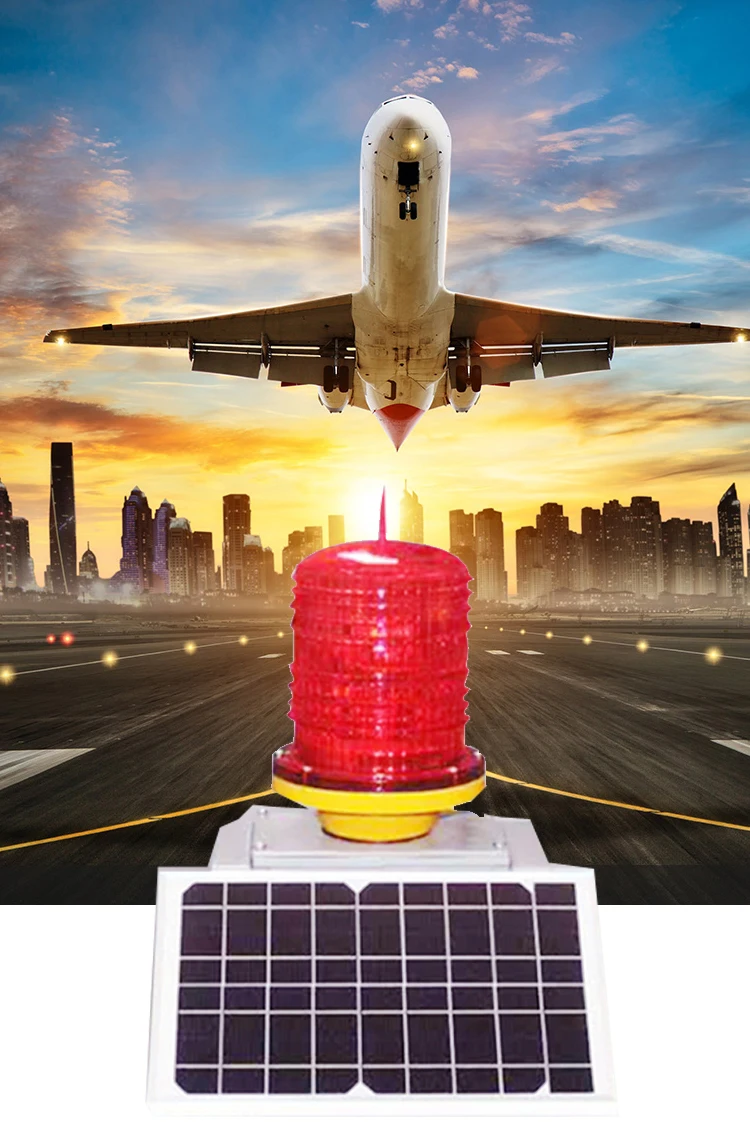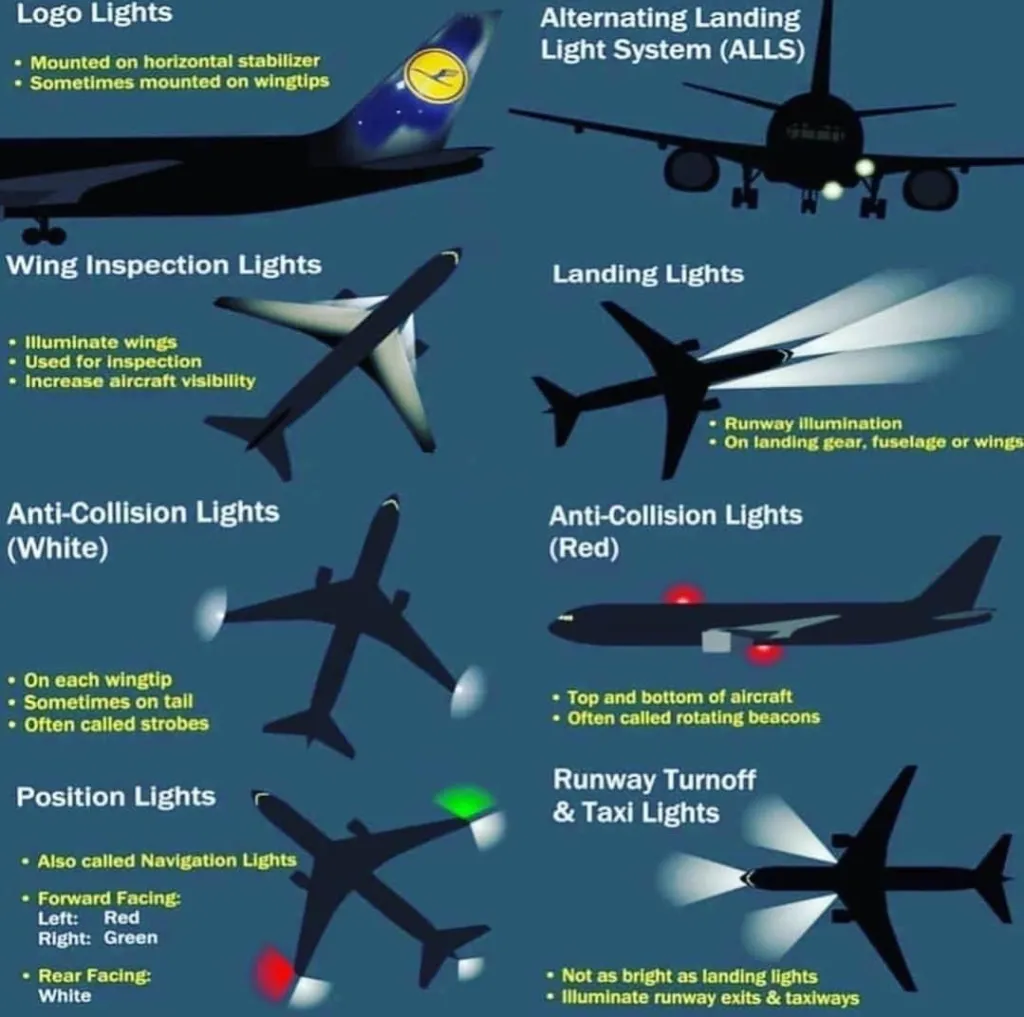Beacon Light Aircraft - Every modern aircraft is equipped with a comprehensive external lighting system that includes flashing lights and lights that are solidly illuminated.
Flashing lights are designed to attract attention, while always-on lights are mainly used for illumination.
Beacon Light Aircraft

Let's take a look at this Boeing 787 that just left the runway after a night landing:
Erj P3dv4 No Nav Lights, No Beacon, No Strobe
These lights are mounted on the horizontal stabilizers and illuminate the tail of the aircraft and its operator emblem - or acronym in this case. They announce the presence of aircraft in the dark.
A prominent, illuminated vertical stabilizer with an airline logo is a good indicator that an aircraft is nearby.
Taxi lights, located on the nose strip, illuminate the taxiway ahead, making it visible to pilots.
After that, we have landing lights and runway break lights, both located near the wing roots on the Dreamliner:
Aircraft Beacon Light Unit And Set Of Aircraft Beacon Light Units
Landing lights are high beam lights that project light over long distances, making long stretches of the runway visible to pilots.
Unlike landing lights that shine straight ahead, runway turn lights are designed to illuminate runway exits, which are diagonal to the runway, allowing pilots to see in the dark while steering the aircraft toward the exit.
(Note that some other aircraft models, such as the Airbus A350, have runway turn lights mounted on the nose gear, not the wing.)

Now the aircraft is quite noticeable on the ground. However, it can still be difficult to see the wings and fuselage of an aircraft from a distance.
Beacon Light Problem (fsx Se)(steve Dx10 )
This is why we need flashing lights. These lights are known as "anti-collision lights", and the conspicuous flashing of the lights is easily visible to the eye from a distance.
These bright, high-intensity lights are the brightest lights on the plane. They are located at each end of the wing and flicker at certain intervals.
If you're observant enough, you'll notice that Boeing planes will have these strobe lights flashing. On Airbuses, it will flash twice as fast. This is because there is one strobe light on each wing of a Boeing aircraft and two on each wing of an Airbus aircraft.
The lights are intended to attract the attention of pilots in other aircraft so that they know how to keep a safe distance. The lights are powerful enough to shine through fog or thick clouds in bad weather. So, chances are good that the "flash" you see in the night sky could be an airplane strobe.
Close Beacon Light Airplane Stock Photo 1200723976
The white strobe lights only come on when the plane is near the runway, preparing for takeoff, and are deactivated when the plane leaves the runway after landing. This was done to avoid blinding people in the airport terminal.
There is another strobe light on the rear of the aircraft, near the APU exhaust pipes. Flashes in sync with other strobe lights:
Another anti-collision lighting system is the red flashing lights on the top and bottom of the fuselage:

In addition to notifying other pilots of the aircraft's presence, beacons help alert ground staff that the aircraft's engines are running or that the engines are about to start, so ground staff will know to stay clear of the aircraft.
Airplane Lights: What Each Light Does (red/green, Strobe, Beacon)
The beacons are turned on when the aircraft begins to leave the exit, and are turned off only after the aircraft is parked at another exit and the engines are turned off.
When all anti-collision lights are active, the white strobe and red beacons flash alternately, at regular intervals:
There is one specific set of lights that are permanently on but are not intended to be used as lighting — navigation lights. They come in three colors: red, green and white.
The red light is always placed on the left side (left) of the aircraft, while the green light is on the right side (right).
Ground School: Preflight Inspection
White navigation lights are located at the top of the trailing edge of each wing and at the rear end of the aircraft.
Navigation lights show the position and orientation of the aircraft. They will allow pilots and observers to determine the direction in which the aircraft is facing.
If you happen to be sitting by the window near the wing on a night flight, this is what you can see outside:

The last set of lighting systems fitted to the aircraft are the engine/wing inspection lights, mounted on both sides of the fuselage.
Suntail Certified Led Strobe/position Light
Inspection lights illuminate the wings and engines, allowing flight crew and maintenance personnel to check for ice, snow or damage as needed. The lights also improve the aircraft's visibility.
Inspection lights do not need to be on during flight, and pilots can leave them off during takeoff and landing. Anti-collision lights are used to improve the aircraft's visibility to other aircraft in flight or ground traffic while maneuvering or parking at an airport. All aircraft must have an approved anti-collision light system that projects light 360° around the vertical axis of the aircraft and 75° above and below the horizontal plane of the aircraft. The lighting system consists of one or more front lights and/or strobe lights.
Aircraft lights are red lights that flash or rotate to give a pulsating warning light. They are usually placed in pairs to provide the necessary vertical coverage, with one on top of the fuselage and the other on the bottom. Strobe lights are high-intensity white lights that are usually installed near the trailing edge of the wingtips, and may also be installed on the rear end of the tail cone next to the navigation light.
The Global Lighting Forum (GLF) is the only professional community in the world dedicated to facilitating communication and collaboration between people from across the lighting industry. The Open Lighting Product Catalog (OLPD) is an online product showcase that provides a best-in-class infrastructure for the global lighting industry to generate B2B sales leads and increase brand value. We dive into the world of lighting products and gather the power of knowledge to stay at the forefront of product marketing. You may have noticed the seemingly random flickering and solid lights on an airplane and wondered what it was supposed to mean. This article will explain all the different lights you may encounter on an airplane and their purpose.
Aircraft Exterior Lighting
Lights exist. The types of lights installed in the aircraft depend on the type of aircraft, the operation and even the time of day.
Many lights installed on aircraft serve more than one of the above purposes. For example, landing lights provide illumination for pilots, but also make the aircraft more visible.
Although many lights are legally required, a surprisingly large number are not, and broken lights will rarely break or even delay a flight because they are relatively easy to replace.

At a time when ships were the main means of transportation, shippers quickly realized that collisions were all too common. Because of this, green, red and white lights were added to certain places on the ships. As airplanes were invented and became more advanced, they were added to the same places.
Aircraft Lighting: The Rules And Roles
The tip of the right wing contains a green light, and the red light is located on the tip of the left wing. The white light is located on the tail of the aircraft, and sometimes on the tips of the wings, facing aft (back).
These lights allow the observer to determine the position and direction of the aircraft. For example, if a plane is flying straight towards you, you would see a green light and then a red light (from left to right). If he was passing you on the left, you would only see a red light.
Pilots have jokingly created different phrases to remember what it means to see certain lights, such as "green then red, turn right or you're dead" when a plane is approaching directly.
Although only a requirement for night flying, pilots generally have these lights on at all times to increase visibility.
Aircraft Maintenance: Sustaining Your Strobes
Head lights, also known as anti-collision lights, indicate when the aircraft is operational. They are sometimes referred to as rotating lights, reminiscent of the days when these lights rotated.
Beacon lights are flashing red lights located on top and (on larger aircraft) on the bottom of the aircraft. They turn on as soon as the pilots start the engine start process and turn off only after the engines are shut down.
Lights flashing alternately on/off. Newer aircraft such as the latest Boeing and Airbus aircraft use LED (Light-Emitting Diode) lights as anti-collision lights, and their red flash ("on" cycle) is noticeably longer than their xenon counterparts.
![]()
If you see a plane on station, the quickest way to tell if that plane is going to start its engines (and if you should stay away) is to look for flashing lights.
Guide To Airplane Lights
Strobe lights, also known as anti-collision lights, are flashing white lights located on the wingtips of airplanes. In some craft these lights flash rapidly,
Led aircraft beacon, aircraft anti-collision beacon lights, aircraft warning beacon, beacon aircraft, whelen beacon aircraft, aircraft beacon light, aircraft beacon light requirements, led beacon light aircraft, aircraft rotating beacon, rotating beacon light aircraft, emergency locator beacon aircraft, aircraft marker beacon
0 Comments